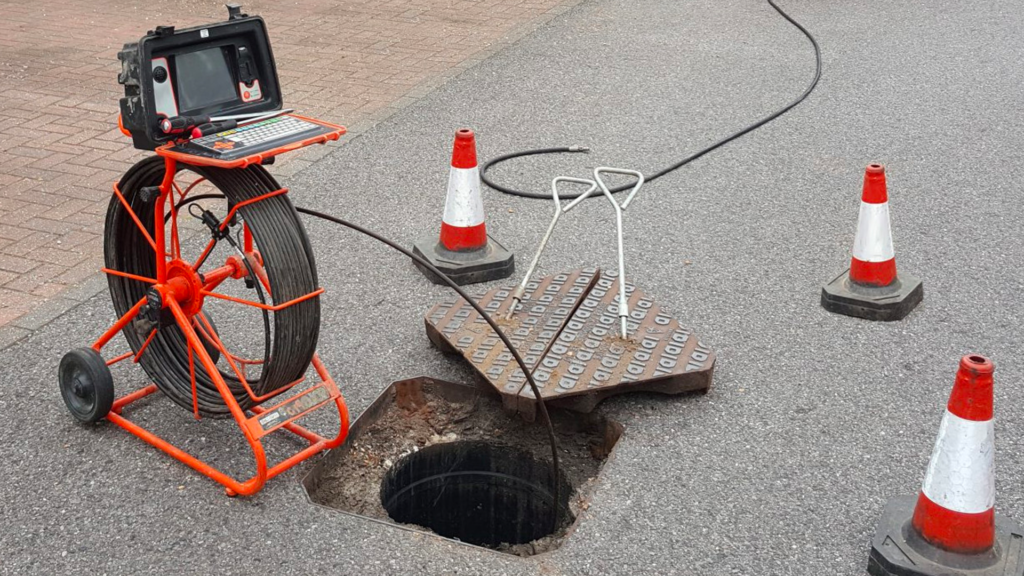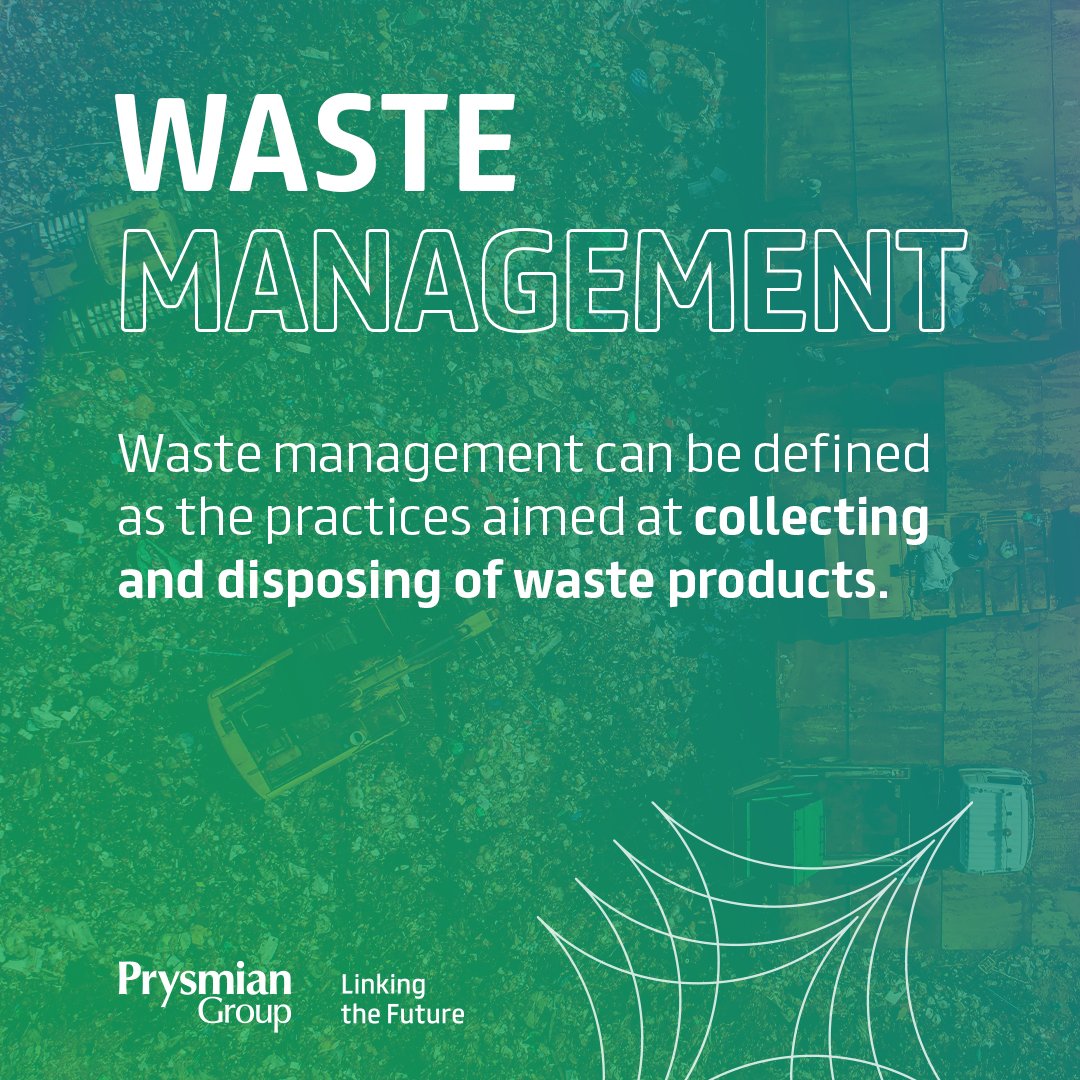The Definitive Guide to Reclaim Waste
The Definitive Guide to Reclaim Waste
Blog Article
Everything about Reclaim Waste
Table of ContentsExamine This Report on Reclaim WasteThe Buzz on Reclaim WasteThe Facts About Reclaim Waste UncoveredReclaim Waste Things To Know Before You Buy8 Easy Facts About Reclaim Waste Explained
Residential sewage waste refers to the waste and products from a domestic septic container. The proper management and disposal of residential sewer waste require fluid waste to be transferred to a sewer treatment plant where the correct techniques and tools are applied to cleanse and dispose of waste.
Commercial waste frequently consists of potential dangers, such as combustible materials or a combination of fluid and solid waste products, and calls for an extra advanced and thorough disposal procedure. The disposal of business waste usually entails the filtration of waste prior to transportation to make sure secure and appropriate disposal. Hazardous waste is created from results and runoff of industrial processes and production.
This kind of waste can not utilize the exact same sewage monitoring transport or procedures as septic or industrial fluids. The hazardous waste monitoring procedure calls for the evaluation and testing of fluid waste prior to it undergoes the disposal process (liquid waste removal melbourne). Overflow waste is the liquid waste that originates from runoff and excess stormwater in very populated locations or cities
Runoff waste can create contamination and flooding otherwise handled appropriately. Learn a lot more regarding sewer cleaning and waste management. Guaranteeing appropriate waste administration can protect against catastrophes and decrease environmental injury. Both people in property setups and experts in business or production industries can gain from recognizing the procedures and policies of liquid waste monitoring.
Reclaim Waste Fundamentals Explained
Contact PROS Solutions today to learn more about our waste management and disposal solutions and the proper methods to care for the liquid waste you generate.
(https://www.tripadvisor.in/Profile/reclaimwaste1)Do you understand what occurs to your water when you draw the plug, flush the toilet or drain pipes the washing device? No? Well, it deserves knowing. This supposed 'wastewater' is not only an important resource but, after treatment, will be released to our land, waterways or the sea. Utilized water from bathrooms, showers, bathrooms, kitchen area sinks, laundries and commercial processes is recognized as wastewater.

water utilized to cool down machinery or clean plant and tools). Stormwater, a type of wastewater, is overflow that flows from farming and urban locations such as roof coverings, parks, gardens, roads, paths and seamless gutters into stormwater drains, after rainfall. Stormwater flows unattended directly to local creeks or rivers, at some point reaching the ocean.
The Of Reclaim Waste
In Queensland, many wastewater is dealt with at sewer treatment plants. Wastewater is delivered from domestic or commercial sites through a system of sewage systems and pump terminals, recognized as sewage reticulation, to a sewage treatment plant.
The Division of Natural Resources advises local governments about handling, operating and keeping sewerage systems and treatment plants. In unsewered areas, city governments may call for householders to install private or house sewer therapy systems to deal with domestic wastewater from commodes, cooking areas, washrooms and laundries. The Department of Natural Resources authorises the use of household systems when they are proven to be effective.
In some new neighborhoods, therapy of some stormwater to eliminate trash, sand and gravel has actually begun utilizing gross toxin traps. Wastewater treatment happens in four phases: Removes solid issue.
Wastewater after that moves into huge tanks where solids clear up and are gotten rid of as sludge. Oil and residue are skimmed from the surface. Makes use of little living organisms called micro-organisms to break down and get rid of staying liquified wastes and great particles. Micro-organisms and wastes are included in the sludge. Removes nitrogen click here for more info and phosphorus nutrients that might trigger algal blooms in our waterways and endanger marine life.
Not known Factual Statements About Reclaim Waste
Nutrient removal is not available at all sewage treatment plants because it requires costly specialized devices. Clear fluid effluent generated after therapy might still include disease-causing micro-organisms - liquid waste removal.

Most wastewater streams into the sewage system. Under the Act, local federal governments provide authorizations and licences for environmentally pertinent activities (Periods) including wastewater launches that might have a regional impact.
Not known Details About Reclaim Waste
Otherwise, examples are taken for lab evaluation. Usually numerous examinations are required to develop the degrees of each of the different toxins such as oils, heavy steels and chemicals in water. Monitoring offers valid details about water high quality and can validate that permit conditions are being satisfied. The information gotten via tracking provides the basis for making water quality decisions.
Report this page